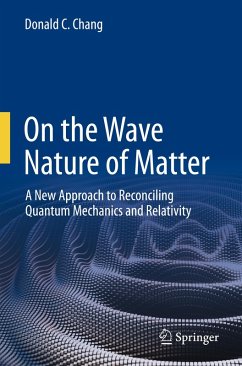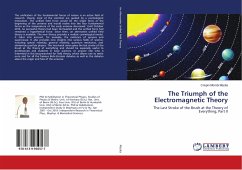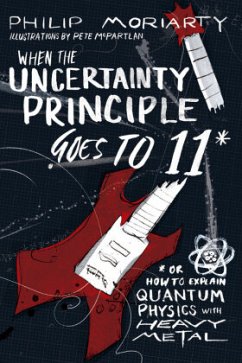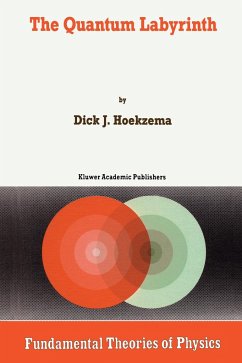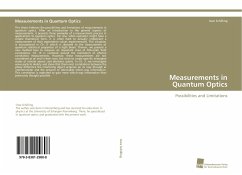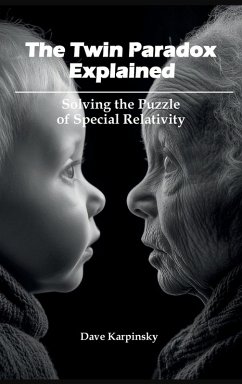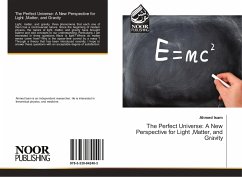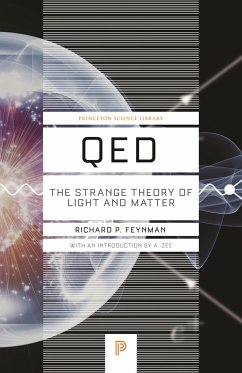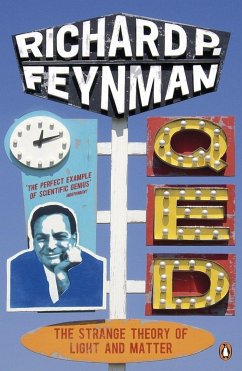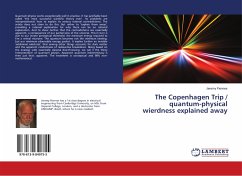
The Copenhagen Trip / quantum-physical wierdness explained away
Versandkostenfrei!
Versandfertig in 6-10 Tagen
18,99 €
inkl. MwSt.

PAYBACK Punkte
9 °P sammeln!
Quantum physics works exceptionally well in practice. It has justifiably been called "the most successful scientific theory ever". Its problems are interpretational: how to explain its various rational contradictions. The article does not claim to do this. But rather to "explain them away", providing a rational explanation for why there can be no rational explanation. And to show further that the contradictions are essentially apparent, a consequence of our partial view of the universe. This in turn is due to our innate perceptual threshold, the minimum energy required to fire a retinal neuron...
Quantum physics works exceptionally well in practice. It has justifiably been called "the most successful scientific theory ever". Its problems are interpretational: how to explain its various rational contradictions. The article does not claim to do this. But rather to "explain them away", providing a rational explanation for why there can be no rational explanation. And to show further that the contradictions are essentially apparent, a consequence of our partial view of the universe. This in turn is due to our innate perceptual threshold, the minimum energy required to fire a retinal neurone. The quantum becomes not the minimum existing, but our minimum observable energy packet. It implies further an invisible 'subliminal substrate', that among other things accounts for dark matter and the apparent randomness of radioactive breakdown. Being based on the analogy with essentially classical dice-throwing. we call it the 'Dicey Interpretation' of quantum physics. Apparent quantum indeterminacy is then just that: apparent. The treatment is conceptual and 98% non-mathematical.



